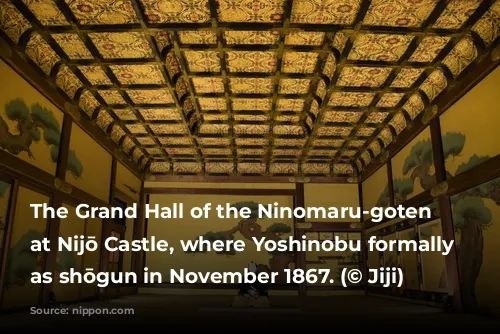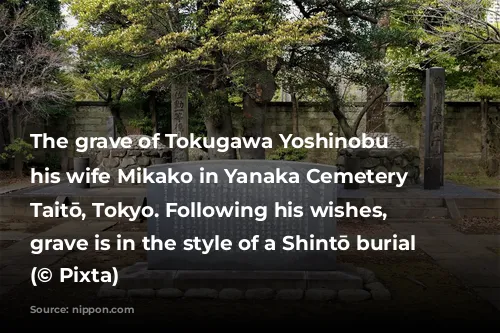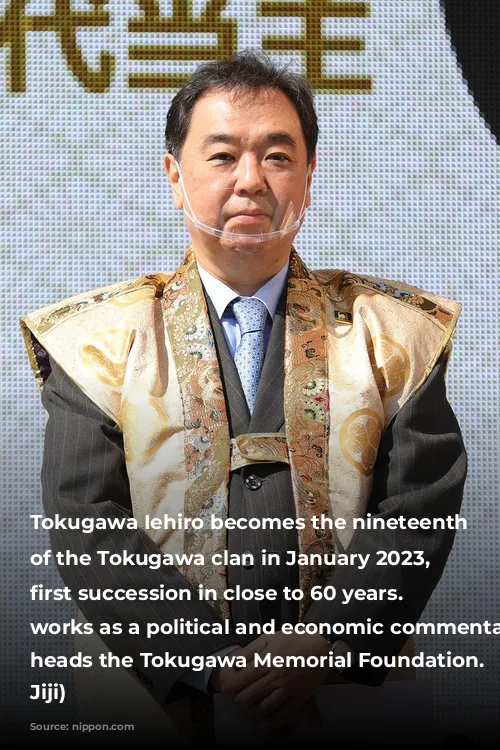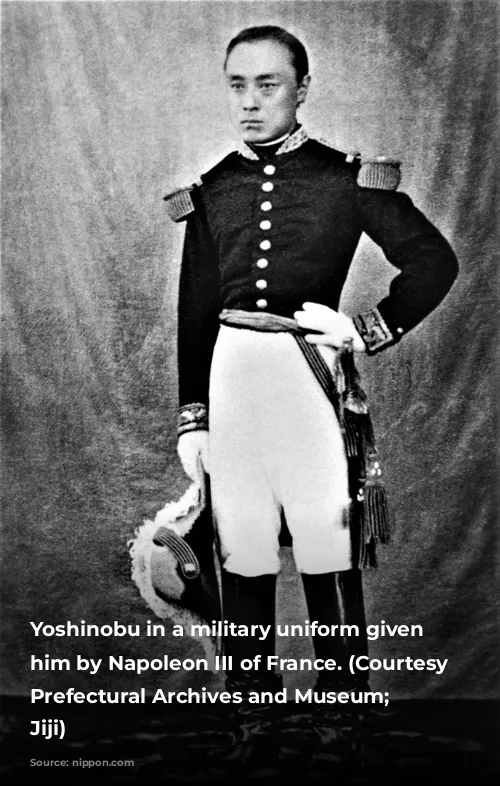The Meiji Restoration, a pivotal moment in Japanese history, brought an end to the shogunate in 1868, ushering in a new era of imperial rule. The Tokugawa clan, which had held the shogunal position for centuries, faced an uncertain future. Tokugawa Yoshinobu, the last shogun, relinquished his position and retired to a life away from the spotlight.
Yoshinobu’s successor, Iesato, emerged as a significant figure in public life, holding the prestigious position of President of the House of Peers and even being considered for the role of Prime Minister. This unexpected path highlights the adaptability and resilience of the Tokugawa family in navigating the political landscape of a changing Japan.

A New Chapter for the Tokugawa Family: Adapting to a Changed Japan
Following the Meiji Restoration, the Tokugawa clan members had to adjust to a new reality. Tokugawa Yoshinobu, who had reigned for a single year, was removed from power. Yoshinobu, forced into a life of confinement after the Battle of Toba-Fushimi, found solace in his passions – falconry, horse riding, and net fishing, as well as cultural pursuits like poetry, calligraphy, and Noh drama. Interestingly, he was also a gifted photographer and won recognition for his work.
While Yoshinobu enjoyed his hobbies and embraced a quieter life, his successor, Iesato, embraced a different path. Iesato, inheriting the headship of the Tokugawa clan at the age of four, found himself at the center of a changing political landscape. Iesato, adopting a different perspective, saw his role as a new beginning for the Tokugawa family, distancing himself from the past and focusing on building a new legacy in a rapidly modernizing Japan.

From President to Prime Minister: Iesato’s Rise to Power
Iesato, having studied politics in Britain, returned to Japan and quickly ascended to the role of President of the House of Peers. He served with distinction for nearly three decades, earning respect for his fairness and impartial conduct. Iesato’s political acumen caught the eye of the Emperor, who offered him the coveted position of Prime Minister. However, Iesato wisely declined, recognizing the political complexities of the time.
Despite his refusal, Iesato remained influential in Japanese politics. He actively participated in international affairs, representing Japan at the Washington Conference and gaining the respect of foreign leaders. He also dedicated himself to social welfare, becoming President of the Japanese Red Cross and organizing the first International Conference of the Red Cross in Asia.

The Tokugawa Legacy: A Family’s Resilience and Adaptability
The Tokugawa family, once the dominant force in Japan, faced a significant challenge with the Meiji Restoration. However, they adapted, embracing new opportunities and contributing to Japanese society in different ways. Yoshinobu, the last shogun, found peace in his hobbies and cultural pursuits. Iesato, on the other hand, entered the political arena, becoming a respected figure in the new government.
Tokugawa Iehiro, the nineteenth head of the Tokugawa clan, continues this legacy, serving as a political commentator and leading the Tokugawa Memorial Foundation. The Tokugawa family story reflects the ability of individuals and families to adapt and thrive even in the face of significant change, leaving a lasting impact on Japanese history.



